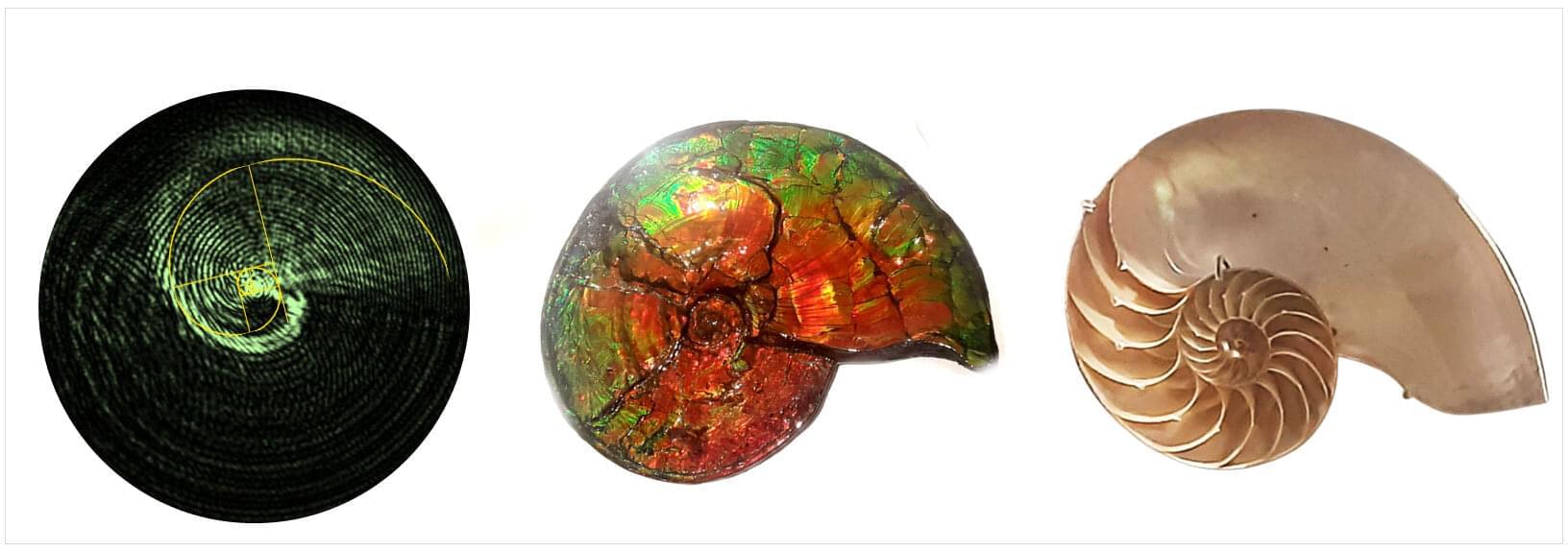Beams of light that can be guided into corkscrew-like shapes called optical vortices are used today in a range of applications. Pushing the limits of structured light, Harvard applied physicists in the John A. Paulson School of Engineering and Applied Sciences (SEAS) report a new type of optical vortex beam that not only twists as it travels but also changes in different parts at different rates to create unique patterns. The way the light behaves resembles spiral shapes common in nature.
The researchers borrowed from classical mechanics to nickname their never-before-demonstrated light vortex an “optical rotatum,” to describe how the torque on the light’s corkscrew shape gradually changes. In Newtonian physics, “rotatum” is the rate of change in torque on an object over time.
The optical rotatum was created in the lab of Federico Capasso, the Robert L. Wallace Professor of Applied Physics and the Vinton Hayes Senior Research Fellow in Electrical Engineering at SEAS. “This is a new behavior of light consisting of an optical vortex that propagates through space and changes in unusual ways,” Capasso said. “It is potentially useful for manipulating small matter.” The research is published in Science Advances.
